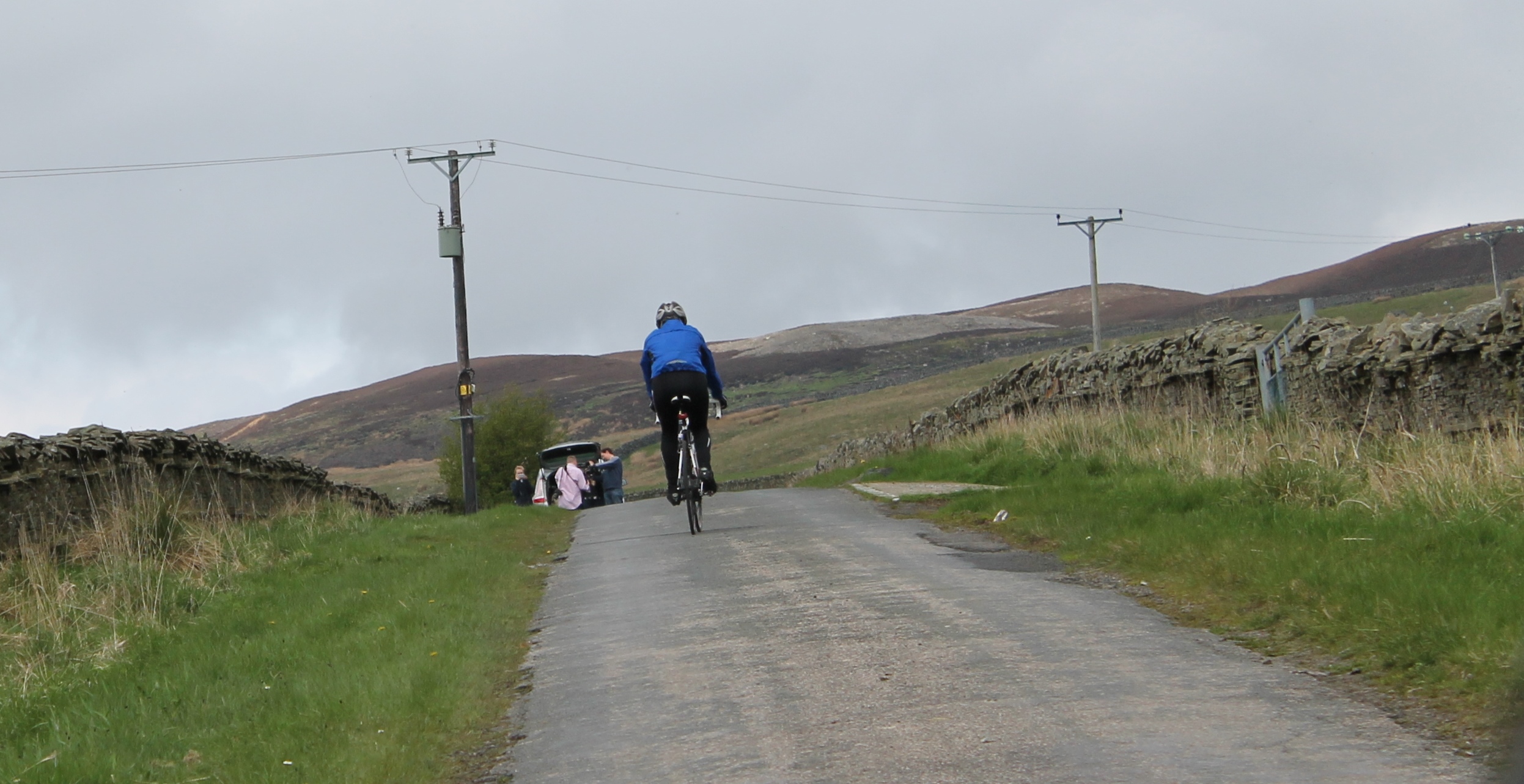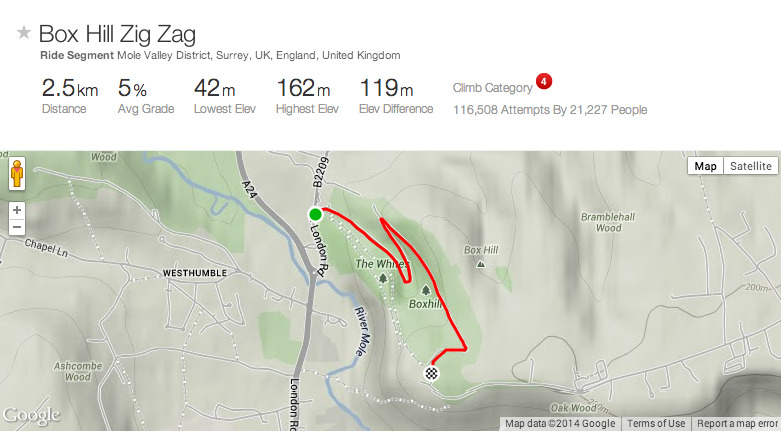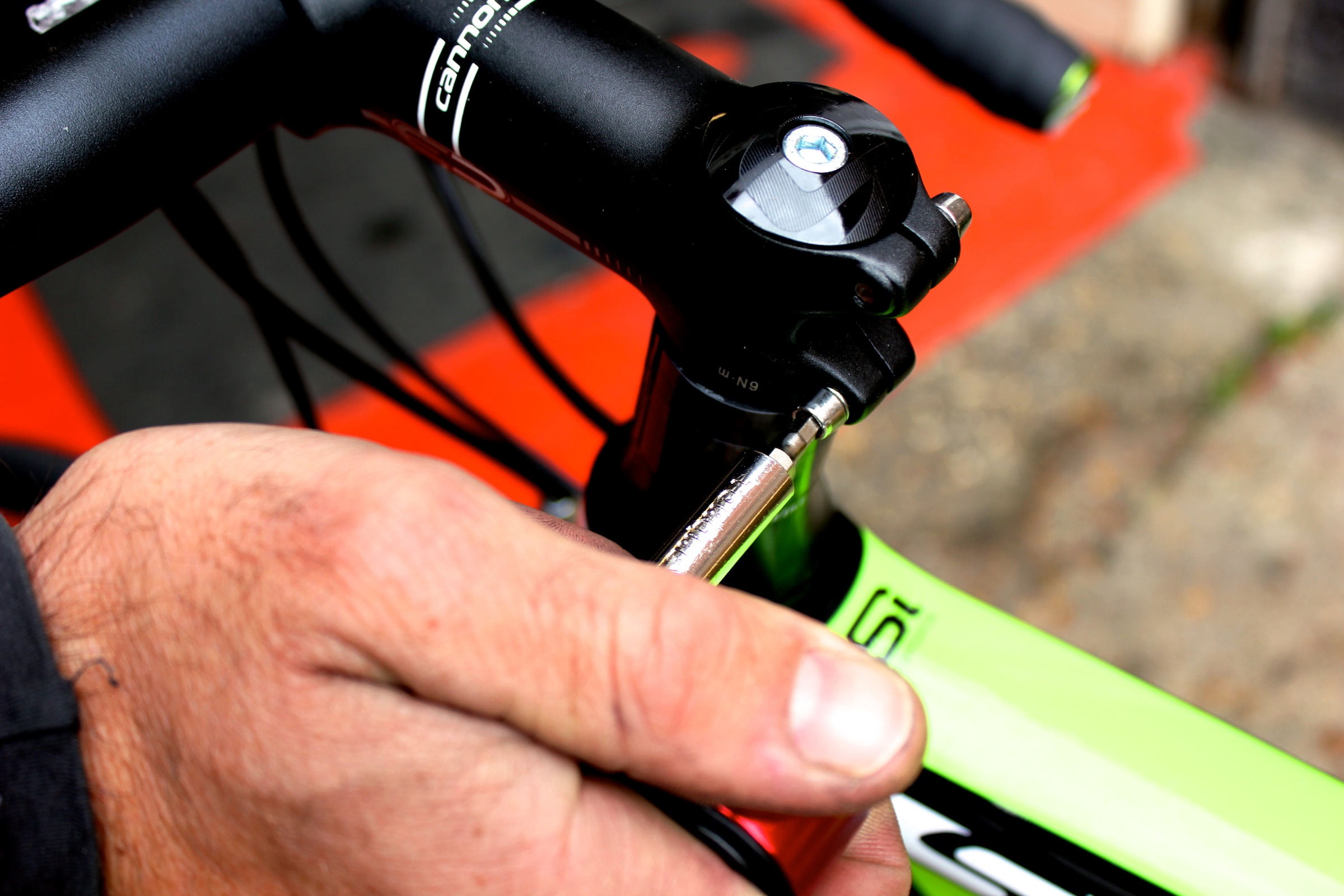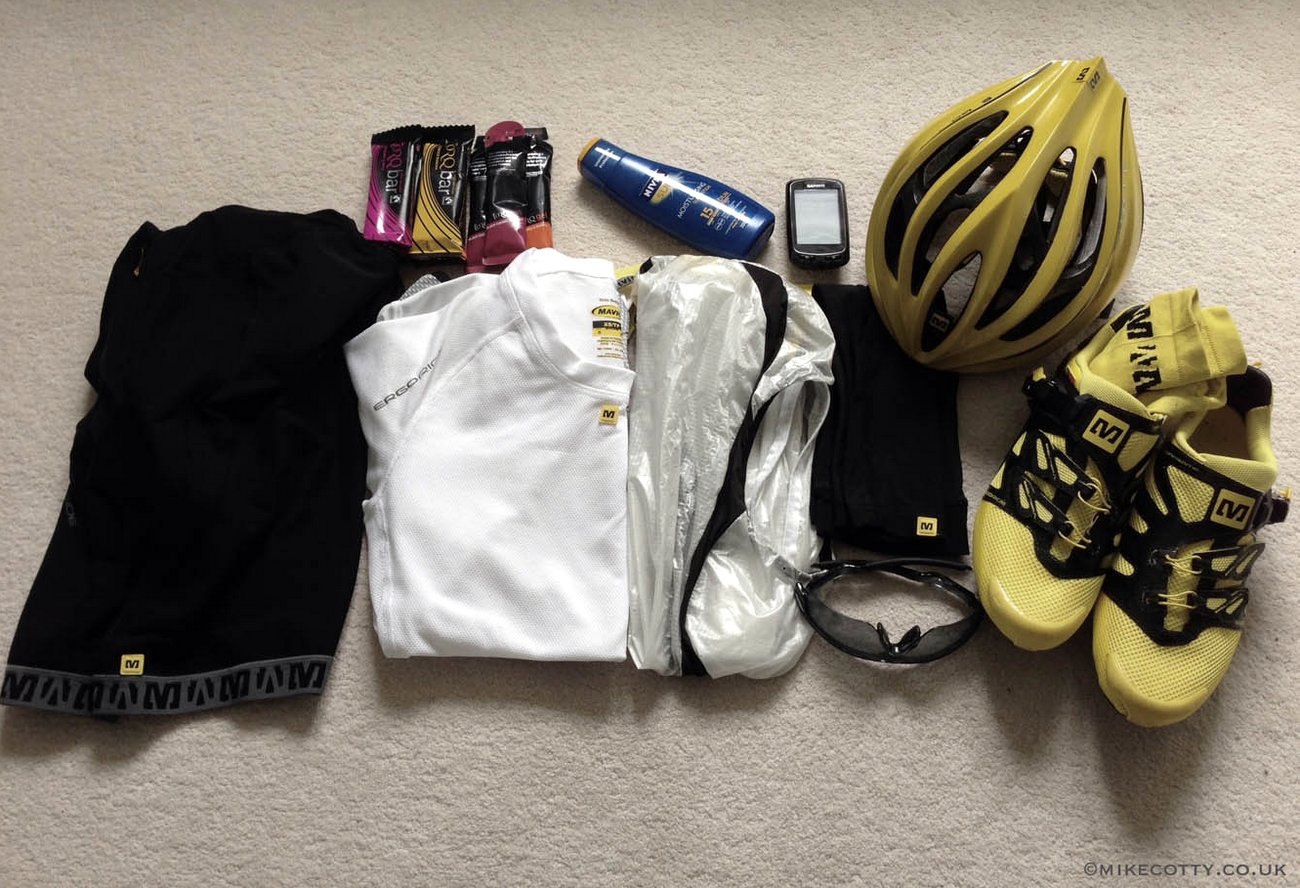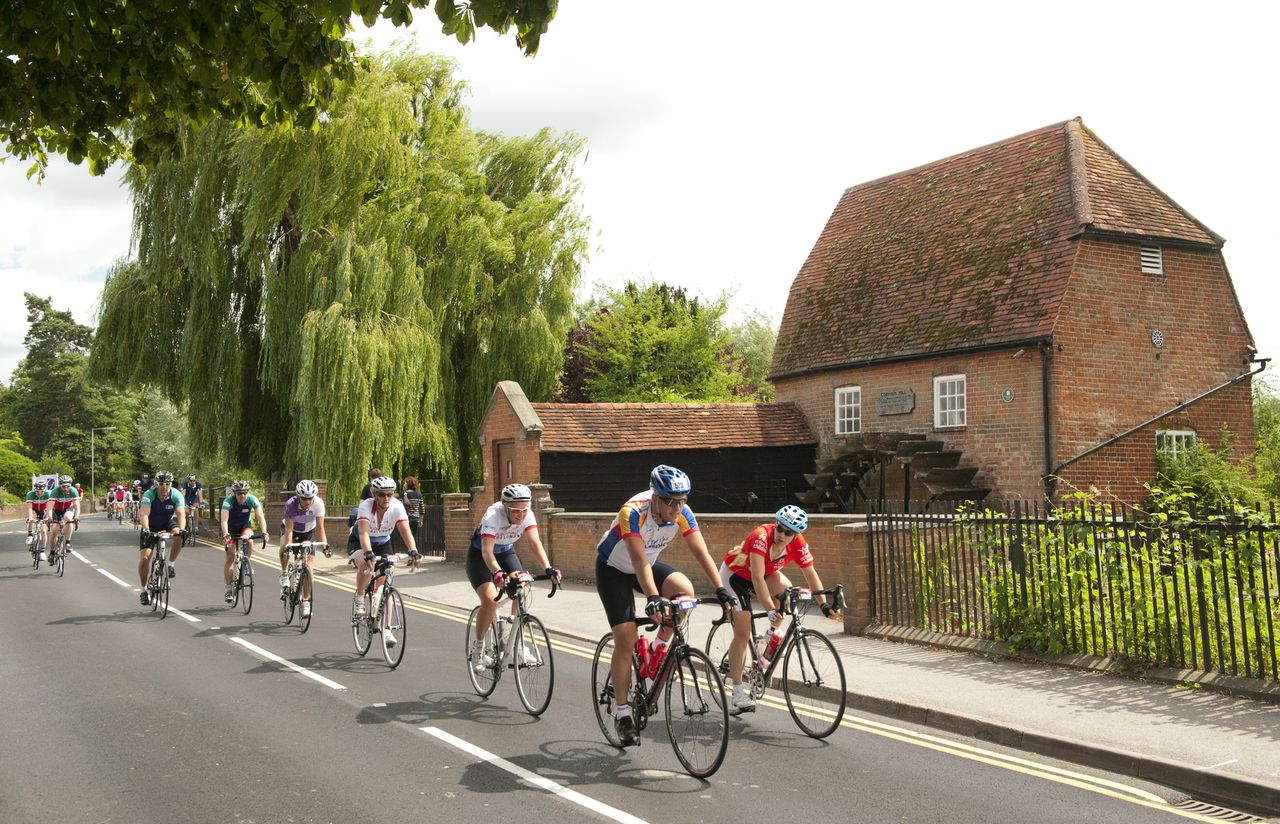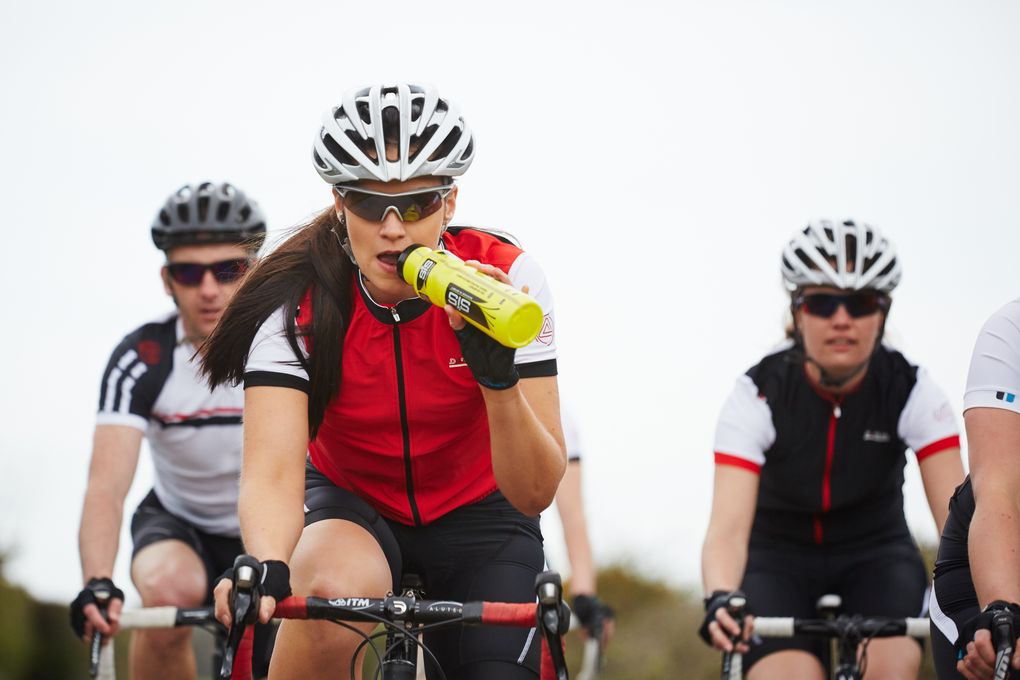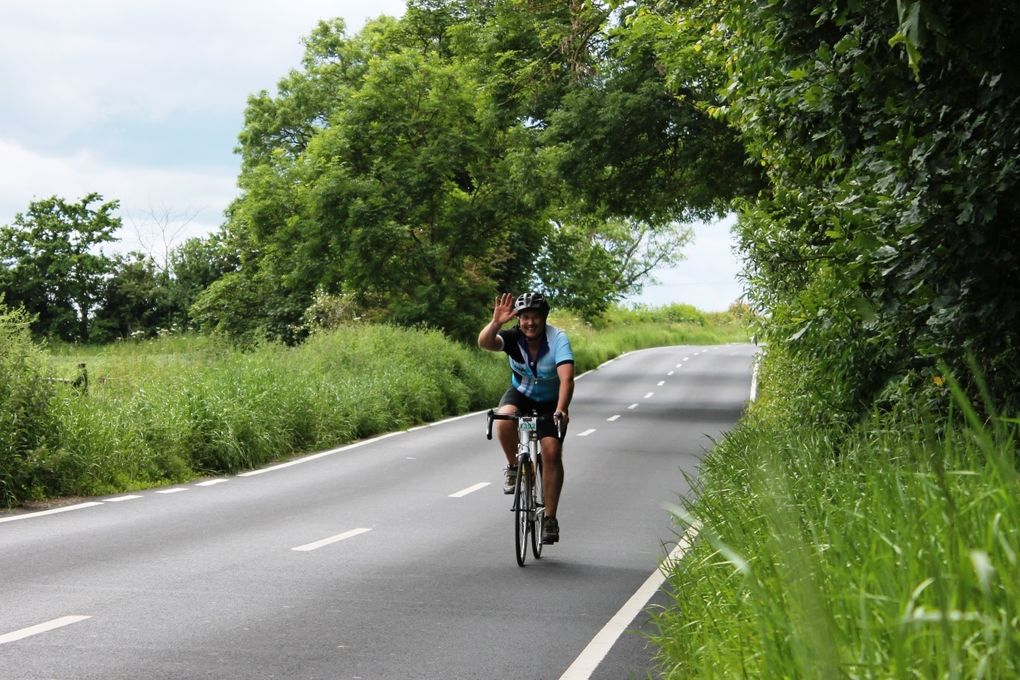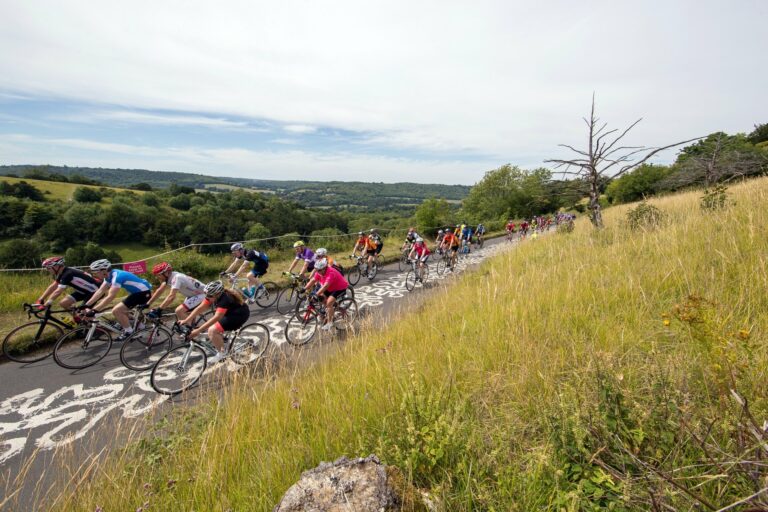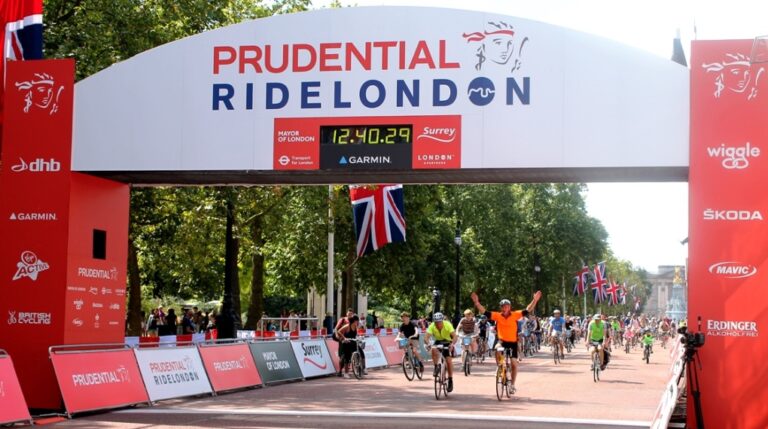The sportive calendar is busier than ever and many new cyclists are taking the leap and riding an organised event for the first time.
Events such as the RideLondon-Surrey 100 have put cyclo-sportives in the public eye, and of the tens of thousands set for this summer’s edition, there will be plenty of sportive newcomers among them.

What do you need to know if you’re tackling one for the first time? Well, if you want to enjoy your day out then you can’t just turn up and hope for the best – especially if, like RideLondon, it’s 100 miles that you’ll be riding.
Here are our tips for training for a sportive and for the day of the event itself. And if you’re a sportive newcomer and fancy breaking your duck at RideLondon, you can enter our competition to win a place in the sold out event, courtesy of Continental Tyres – just head to the bottom of the page.

